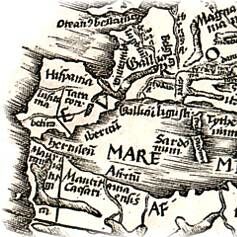The History of Playing Cards
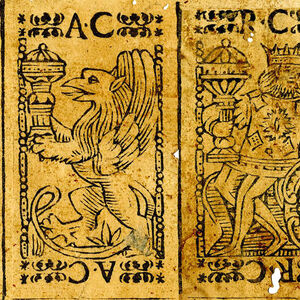
Portuguese-suited cards
Portuguese-suited cards with dragon aces, made in Italy, 1613.
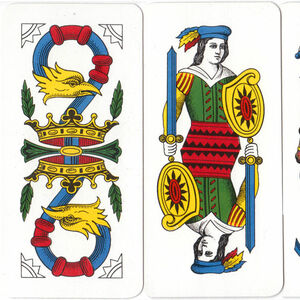
Primiera Bolognese
Primiera Bolognese by Modiano, c.1975
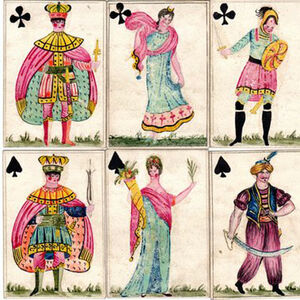
Prisoners of War
Hand-made playing cards by French prisoners of war in Porchester Castle, Hampshire, c.1796.
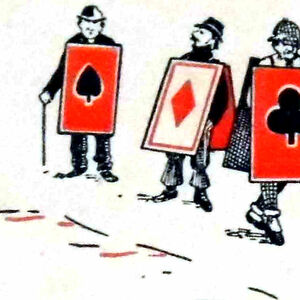
Progressive Whist Cards
There are references to “progressive whist” or “whist drives” during the 19th and early years of the 20th century but this form of the game came into its own during the 1920s and 30s.
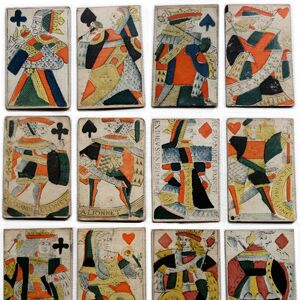
Provence Pattern
The 'Provence' pattern contains figures which go back to the fifteenth century.
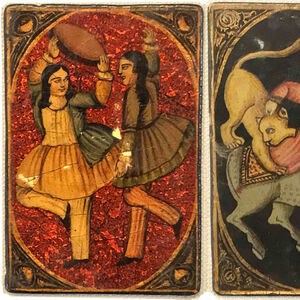
Qajar Dynasty playing cards
Qajar Dynasty playing cards, Iran, 19th century.

Real Fábrica de Macharaviaya
This is the official Spanish National pattern of the 18th century. Design and production was controlled from Madrid as a source of national or regional revenue. The factory was located in the town of Macharaviaya, in the province of Málaga.
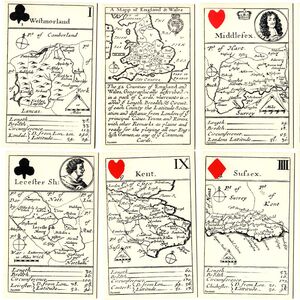
Robert Morden’s Playing Cards
The 52 Counties of England and Wales described as a pack of cards first published in London in 1676.
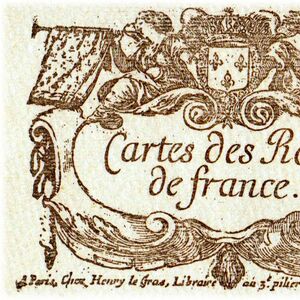
Rois de France
Cartes des Rois de France (1644) facsimile edition by Edizioni del Solleone, 1986.
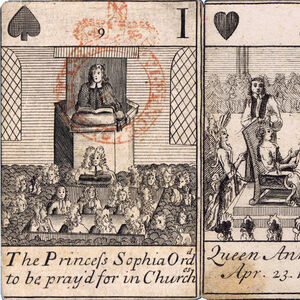
Royal Cards Reign of Queen Anne
“Royal Cards Reign of Queen Anne” cover historical events, both honourable and treacherous, during the period 1702 to 1704.
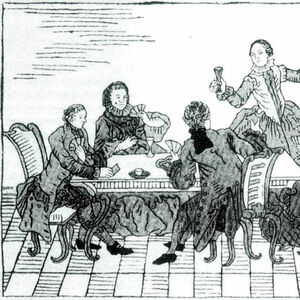
Russian Playing Card History - From the Beginnings to 1917
An in-depth review of the history of card-playing, gambling, legislation, manufacture and taxation of playing cards in Russia.
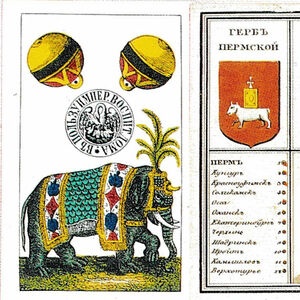
Russian Playing Card Monopoly
The Russian Playing Card Monopoly was established in March 1798 with all revenue going to support the St Petersburg Foundling Hospital. After the construction of the Foundling Hospital's own factory in 1817 (known as the Imperial Playing Card Factory), all subsequent Russian playing card production was located there until the end of the State monopoly in 1961.
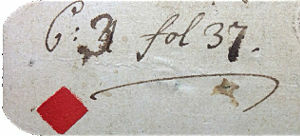
Secondary Uses of Playing Cards
The unprinted backs of playing cards have led people to use them for secondary purposes such as memorandum slips, bibliographic index cards, for declarations of love, rendezvous notes, emergency money, visiting cards and so on.
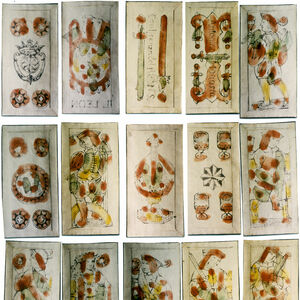
Sicilian playing cards by Antonio Monasta
"Il Leon" Sicilian playing cards, 40-card pack based on Spanish designs, made in Sicily by Antonio Monasta, probably 17th century.
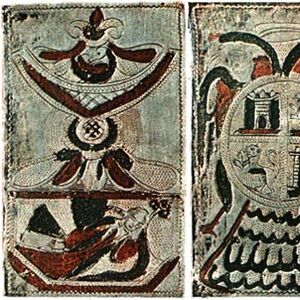
Silver Cards from Peru
Spanish-suited silver cards, richly embellished and enamelled, from a former Spanish Viceroy in Peru, dated 1745.
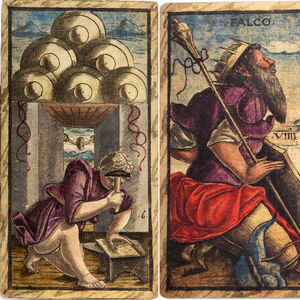
Sola-Busca Tarocchi
The Sola-Busca Tarocchi, c.1491
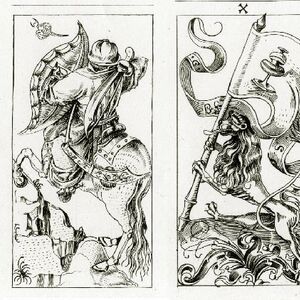
South German Engraver
Conforming to an archaic format of 52 cards with banner 10s, female 'Sotas', horsemen and kings, the pack is of interest on account of a number of other packs with similar characteristics surviving elsewhere, suggesting an archaic variant of the Spanish-suited pack.
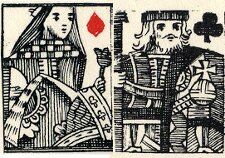
South Sea Bubble
The South Sea Bubble Playing Cards were first published in London by Thomas Bowles in 1720. The cards bear satirical portrayals of the speculators involved in the South Sea Bubble of 1720, providing a unique contemporary record of the feverish atmosphere of the time, as well as the fashions of dress.
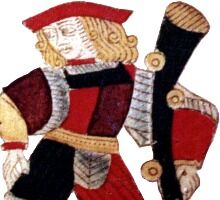
Spanish National Pattern
Probably originating in Spain in the seventeenth century or even earlier, this pattern became strongly established by the Catalan cardmakers Rotxotxo of Barcelona.
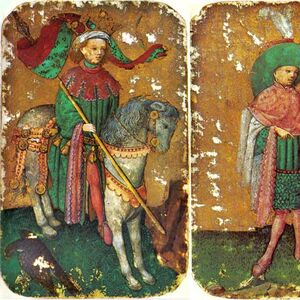
Stuttgart pack, c.1430
The luxury, hand-painted Stuttgart Cards (Stuttgarter Kartenspiel) dated c.1430, with suits of ducks, falcons, stags and hounds.


